By David Bolling
Tony Moll holds ceremonial bell as viticulture class prepares to pick the school’s grapes.
A good three years before most of them can legally drink it, a class of Sonoma Valley High School students are developing an intimate, hands-on relationship with wine.
And in the first blush of morning on August 30, that relationship was literally bearing fruit. That’s because roughly a dozen students from the high school’s viticulture class turned out to pick the school’s quarter-acre block of sauvignon blanc grapes, accompanied by an all-star cast of professionals for support and guidance.
Among them was Pat Stornetta who, with her brother Joe Leveroni, manages the family’s Leveroni Vineyards. Stornetta might qualify for the title Godmother to define her relationship with the viticulture program. She once discovered a nondescript patch of table grapes growing on the school’s eight acre ag property and immediately wondered, “Why not grow wine grapes?”
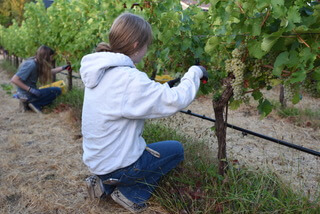
So 15 years ago she enlisted the help of legendary organic grape guru Phil Coturri, who installed the school’s vineyard on the ag property adjacent to the campus, and helped nurse it to maturity. Now those vines produce enough grapes to make as much as 70 cases, according to volunteer winemaker Jim McMahon. Students are involved in every aspect of production, from vine management, fruit production, bottling, label design, marketing and promotion.
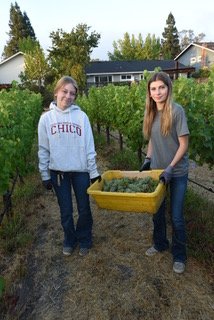
SVHS seniors Mari Suazo and Audrey Clark show the fruits of their labors.
Helping with the harvest were members of the Sunrise Rotary Club, including former NFL standout Tony Moll, now a partner in Three Fat Guys Winery, where McMahon is head winemaker. McMahon’s son Jack is president of the Future Farmers of America chapter, which is closely tied to the SVHS ag program, and involves some 250 students. Moll got the harvesting session underway with the traditional ringing of a ceremonial brass bell.
When the 2024 crop is crushed, fermented, aged and bottled, it will go on sale and all the proceeds will flow right back into the viticulture program. The finished product should be available by February, 2025.
Photos by David Bolling

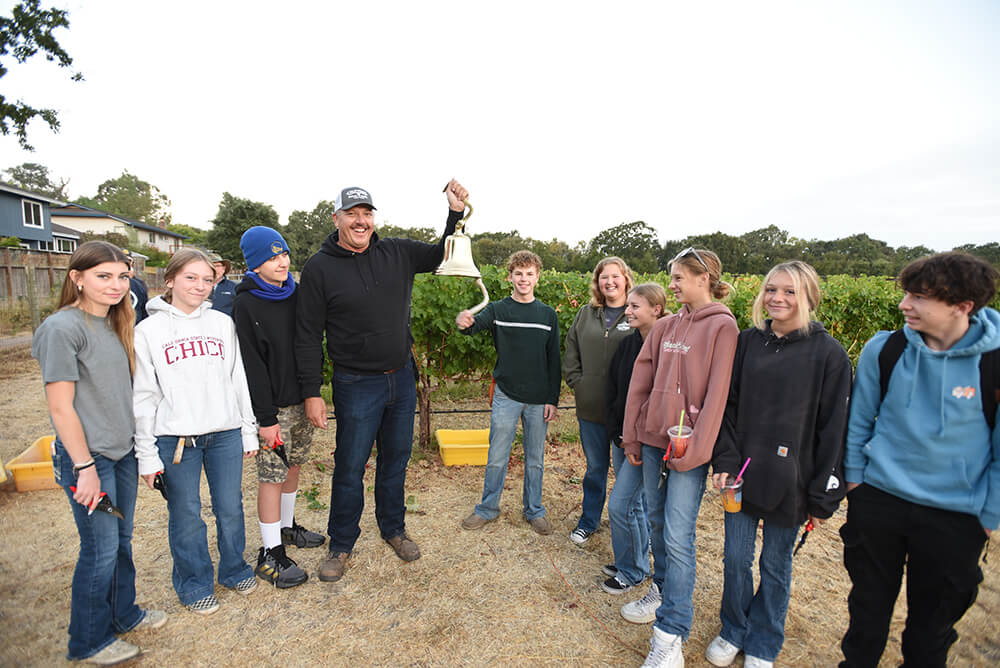
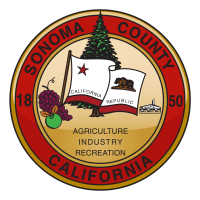

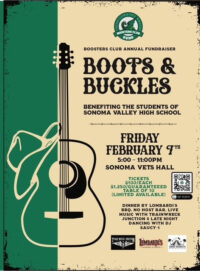
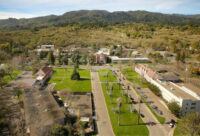
Be First to Comment